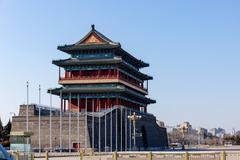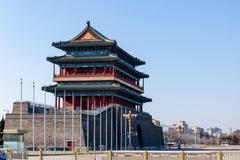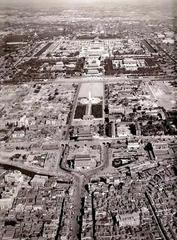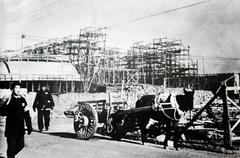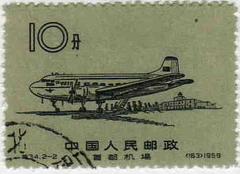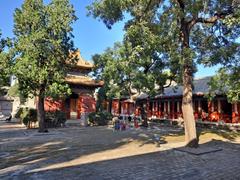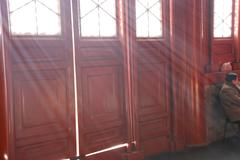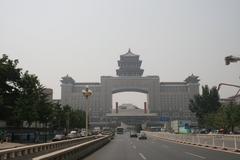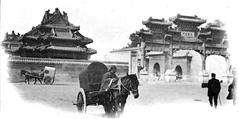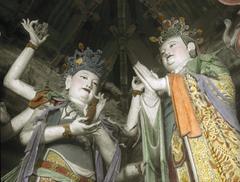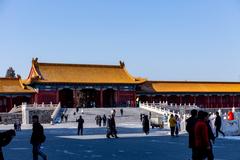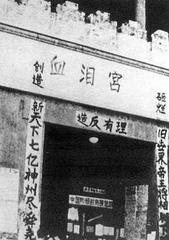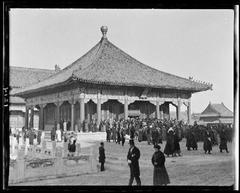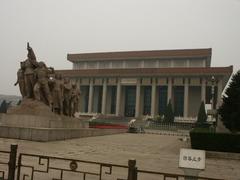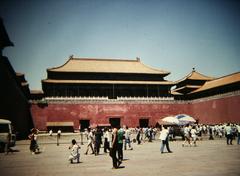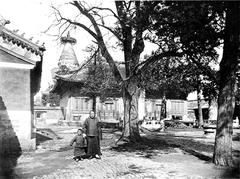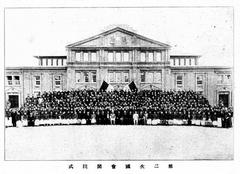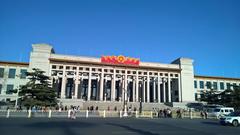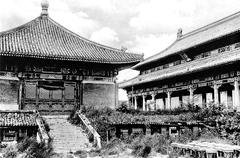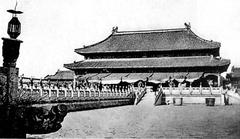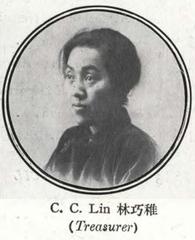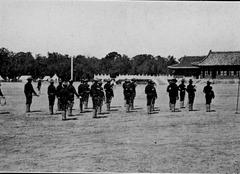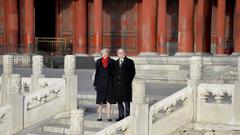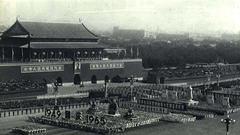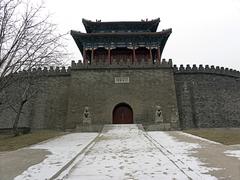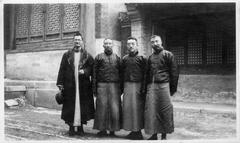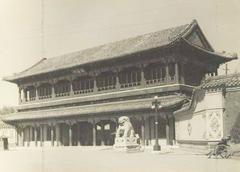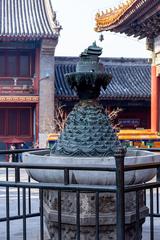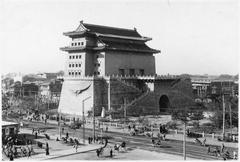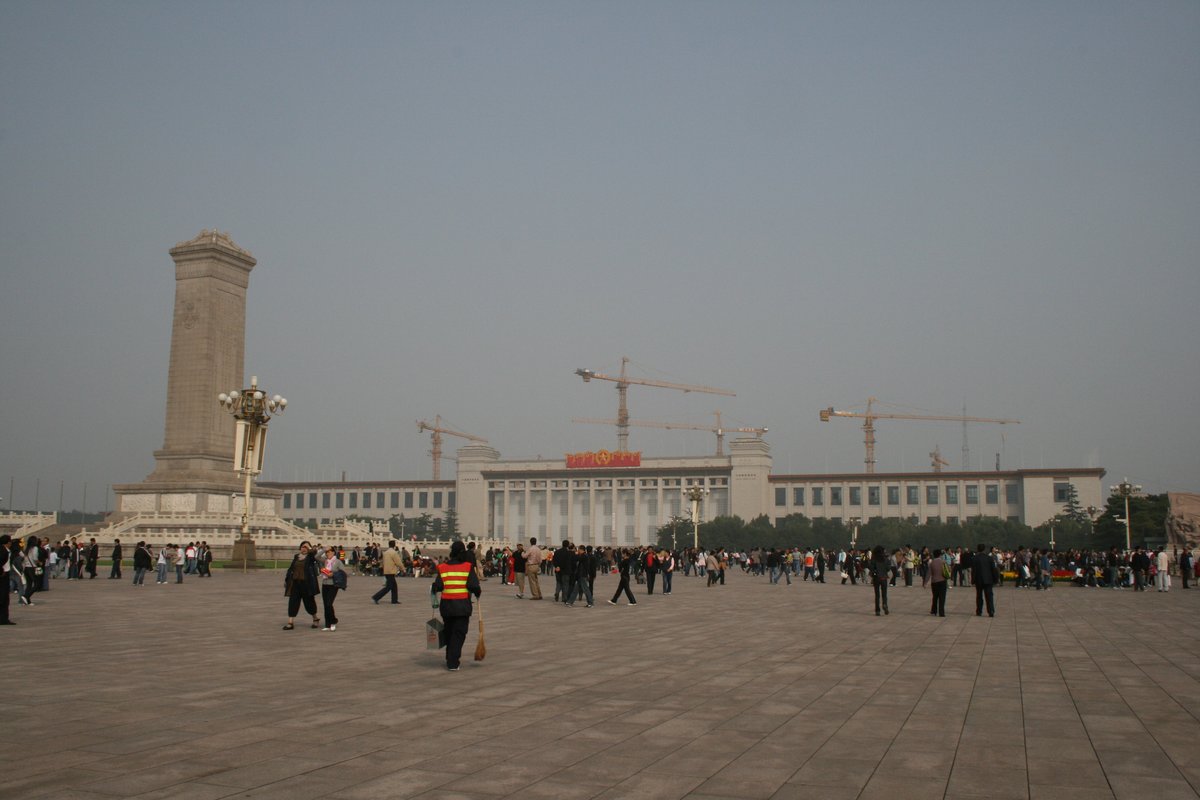
Visiting Tiananmen Square: Hours, Tickets, and Historical Significance
Date: 16/08/2024
Introduction
Tiananmen Square, the emblematic heart of Beijing, China, stands as one of the world’s most significant historical and cultural sites. Encompassing a vast area, it is not only a symbol of China’s long and intricate history but also a hub for national pride and political activities. The square, known for its monumental landmarks and poignant history, attracts millions of visitors annually who come to explore its rich cultural heritage and observe its daily ceremonial events. In this comprehensive guide, we delve into the historical significance of Tiananmen Square, provide essential visitor information, and offer practical tips for making the most of your visit. From the majestic Tiananmen Tower to the solemn Mausoleum of Mao Zedong, each attraction within the square tells a unique story of China’s past, making it a must-visit destination for anyone traveling to Beijing. This guide aims to equip you with all the necessary information, including visiting hours, ticket prices, and travel tips, ensuring a memorable and enlightening experience at Tiananmen Square. (Wild Great Wall, Trip.com, Wikipedia)
Table of Contents
- Introduction
- Historical Significance of Tiananmen Square
- Top Attractions in Tiananmen Square
- Nearby Attractions
- Visitor Tips
- FAQ
- Conclusion
Historical Significance of Tiananmen Square
Origins and Early History
Tiananmen Square, located in the heart of Beijing, China, has a rich history that dates back to the 15th century. Originally created during the Ming Dynasty, the square was named after the Tiananmen, or “Gate of Heavenly Peace,” which stands at its northern end. Over the centuries, it has been a focal point for numerous historical events and political movements, shaping modern China’s sociopolitical landscape.
Top Attractions in Tiananmen Square
Tiananmen Tower (Gate of Heavenly Peace)
The Tiananmen Tower, also known as the Gate of Heavenly Peace, is an iconic structure located at the northern edge of Tiananmen Square. Originally built in 1417 during the Ming Dynasty, it served as the main gate to the Forbidden City. The tower was reconstructed in 1651 during the Qing Dynasty after suffering damage in earlier conflicts. Visitors are greeted by two sets of majestic lion sculptures, symbolizing strength and stability. The tower reopened to the public on June 13, 2023, and requires a reservation for entry (Wild Great Wall).
Monument to the People’s Heroes
Standing at the center of Tiananmen Square, the Monument to the People’s Heroes is a towering 38-meter (125 ft) obelisk. Erected in 1958, it commemorates those who sacrificed their lives in the struggles for national independence and liberation. The monument is inscribed with an epitaph written by Mao Zedong and features bas-reliefs depicting significant events in Chinese revolutionary history (Wikipedia).
Mausoleum of Mao Zedong
The Mausoleum of Mao Zedong, located near the southern end of the square, houses the embalmed body of Chairman Mao Zedong in a crystal coffin. Opened to the public in 1977, the mausoleum attracts numerous visitors who come to pay their respects to the founding father of the People’s Republic of China. The mausoleum is surrounded by fresh flowers and plants, and it remains one of the most visited attractions in the square (Trip.com).
Great Hall of the People
Situated on the western side of Tiananmen Square, the Great Hall of the People serves as the meeting place for the National People’s Congress and other significant political events. Completed in 1959, the building features a grand auditorium that can accommodate over 10,000 people. The Great Hall is also used for state functions and diplomatic meetings, making it a symbol of China’s political power (Wikipedia).
National Museum of China
Located on the eastern side of the square, the National Museum of China is dedicated to Chinese history and culture. The museum was established in 2003 through the merger of the Museum of the Chinese Revolution and the National Museum of Chinese History. It houses an extensive collection of artifacts, including ancient bronzes, ceramics, and paintings, offering visitors a comprehensive overview of China’s rich cultural heritage (Wikipedia).
Zhengyangmen (Qianmen)
Zhengyangmen, commonly known as Qianmen, is an ancient gate located at the southern end of Tiananmen Square. Originally built in 1419 during the Ming Dynasty, it served as the southern entrance to the inner city of Beijing. The gate has undergone several renovations and remains a significant historical landmark. Visitors can explore the gate and enjoy panoramic views of the square and the surrounding area (China Highlights).
Flag-Raising and Lowering Ceremonies
One of the most iconic events in Tiananmen Square is the daily flag-raising and lowering ceremonies conducted by the Guard of Honour. The flag-raising ceremony takes place at sunrise, while the flag-lowering ceremony occurs at sunset. These ceremonies attract large crowds and offer a unique opportunity to witness a display of national pride and military precision. Visitors are advised to arrive early to secure a good viewing spot (Wild Great Wall).
Tiananmen Square at Night
Tiananmen Square transforms into a tranquil and majestic space at night, with illuminated buildings creating a magical atmosphere. The square is beautifully lit, and visitors can enjoy a peaceful stroll while taking in the serene surroundings. The night view of the square, with its illuminated monuments and buildings, offers a different perspective and is a must-see for any visitor to Beijing (Ruqin Travel).
Nearby Attractions
Forbidden City
Adjacent to the northern edge of Tiananmen Square is the Forbidden City, the former imperial palace of the Ming and Qing Dynasties. Covering an area of 72 hectares, the Forbidden City is the largest ancient palatial structure in the world. It houses numerous halls, palaces, and gardens, offering a glimpse into China’s imperial past. The Forbidden City is a UNESCO World Heritage Site and one of Beijing’s most popular tourist attractions (China Highlights).
National Centre for the Performing Arts
Located to the west of the Great Hall of the People, the National Centre for the Performing Arts is an architectural marvel designed by French architect Paul Andreu. The egg-shaped theatre, also known as “The Giant Egg,” hosts a variety of performances, including opera, ballet, and concerts. The building’s unique design and cultural significance make it a noteworthy attraction near Tiananmen Square (Tour Beijing).
Visitor Tips
Reservations and Security
Since December 15, 2021, visitors must make a reservation before entering Tiananmen Square. Reservations can be made up to 10 days in advance and are required for both individuals and groups. Security checks are mandatory for entry, and visitors should carry their travel documents and avoid bringing prohibited items such as explosives, firearms, and toxic materials (Wild Great Wall).
Best Times to Visit
The best times to visit Tiananmen Square are during the early morning or late evening. Early morning visits allow visitors to witness the flag-raising ceremony, while evening visits offer a chance to see the square beautifully illuminated. Spring (April to June) and autumn (September to November) are ideal seasons to visit, offering mild temperatures and clear skies. Visitors should avoid the first week of June due to heightened security and sensitivity around the anniversary of the 1989 protests (Trip.com).
Transportation
Tiananmen Square is easily accessible via Beijing’s efficient public transport system. Subway Line 1 and multiple bus routes serve the area, making it convenient for visitors to reach the square. Taxis are also available, but visitors should be cautious of illegal cab rides and opt for official taxis or public transportation (Ruqin Travel).
Additional Tips
- Stay Hydrated and Protected: Given the lack of shade, it’s crucial to stay hydrated and protect yourself from the sun.
- Security Checks: Be prepared for thorough security checks and carry your passport for identification.
- Plan Ahead: Make reservations in advance to ensure a smooth visit, especially during peak tourist seasons.
- Respect the Space: Tiananmen Square is a politically significant area, so be respectful and mindful of local regulations and customs (Trip.com).
FAQ
What are the visiting hours for Tiananmen Square?
Tiananmen Square is open 24 hours a day, but specific attractions within the square have their own visiting hours.
Do I need to buy tickets to enter Tiananmen Square?
Entry to the square itself is free, but some attractions within the square, like the National Museum of China and the Mausoleum of Mao Zedong, may require tickets.
How do I make reservations to visit Tiananmen Square?
Reservations can be made online up to 10 days in advance. Be sure to carry your travel documents for security checks.
What is the best way to get to Tiananmen Square?
The most convenient way is by using Beijing’s subway system, specifically Line 1, or taking one of the many bus routes that stop near the square.
Conclusion
Tiananmen Square is more than just a public space; it is a testament to China’s historical and cultural journey, encapsulating centuries of political and social evolution. From the ancient Tiananmen Tower to the modern National Museum of China, the square serves as a living museum that offers visitors a profound understanding of China’s past and present. By following the practical tips and guidelines provided in this guide, visitors can ensure a smooth and enriching experience. Whether you’re witnessing the iconic flag-raising ceremony at sunrise, exploring nearby attractions like the Forbidden City, or simply soaking in the serene atmosphere at night, Tiananmen Square promises to leave a lasting impression. Remember to make your reservations in advance, respect local customs, and immerse yourself fully in the rich tapestry of history and culture that this iconic landmark has to offer. For more travel tips and updates, be sure to follow us on social media and stay tuned for more comprehensive guides. (The China Guide, Beijing Government, Ruqin Travel)

